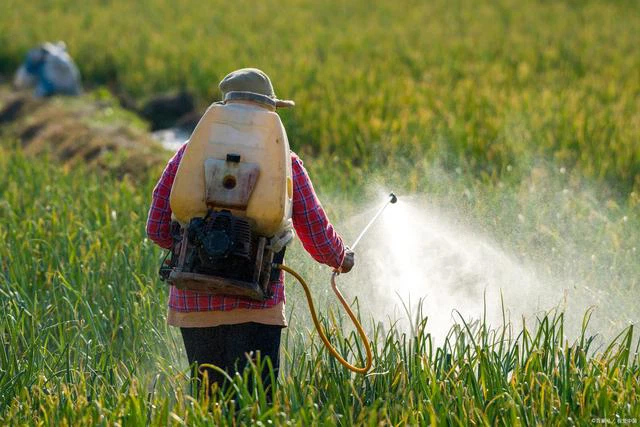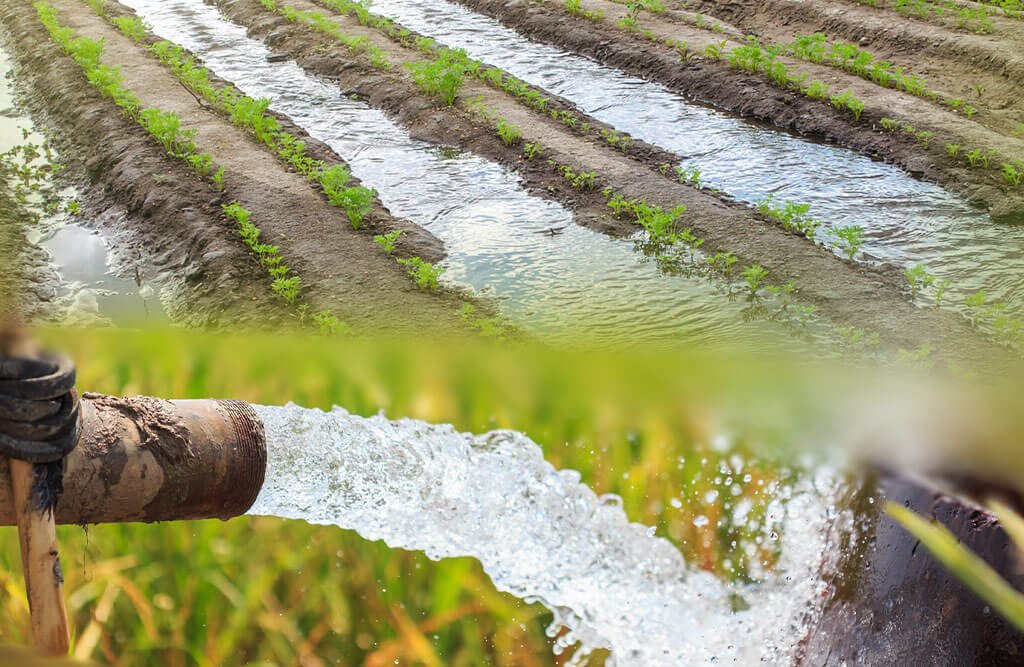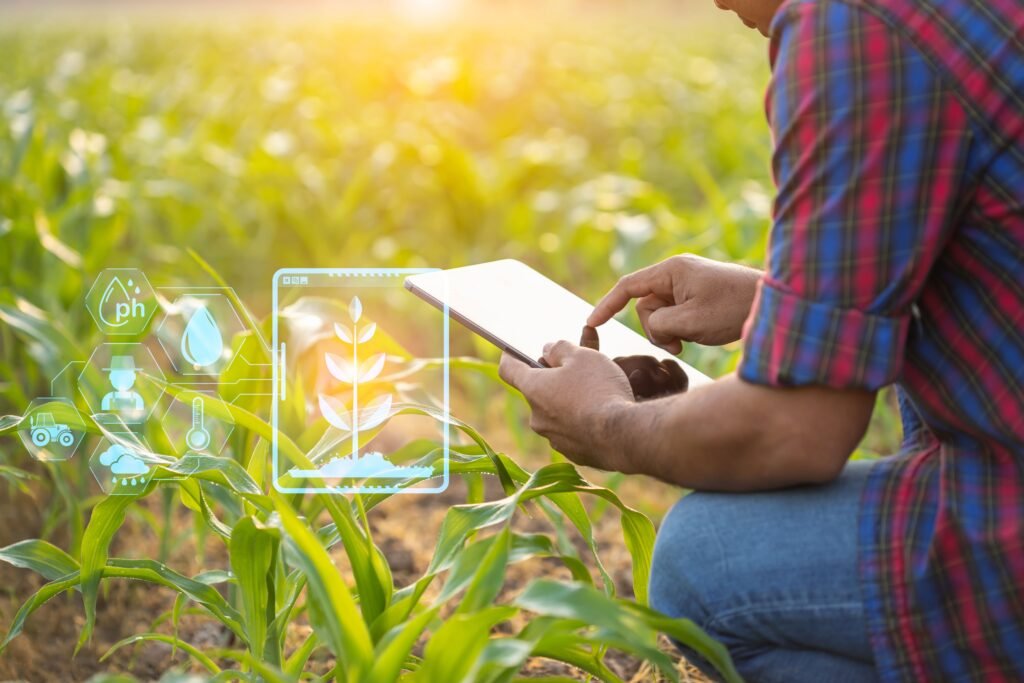Introduction
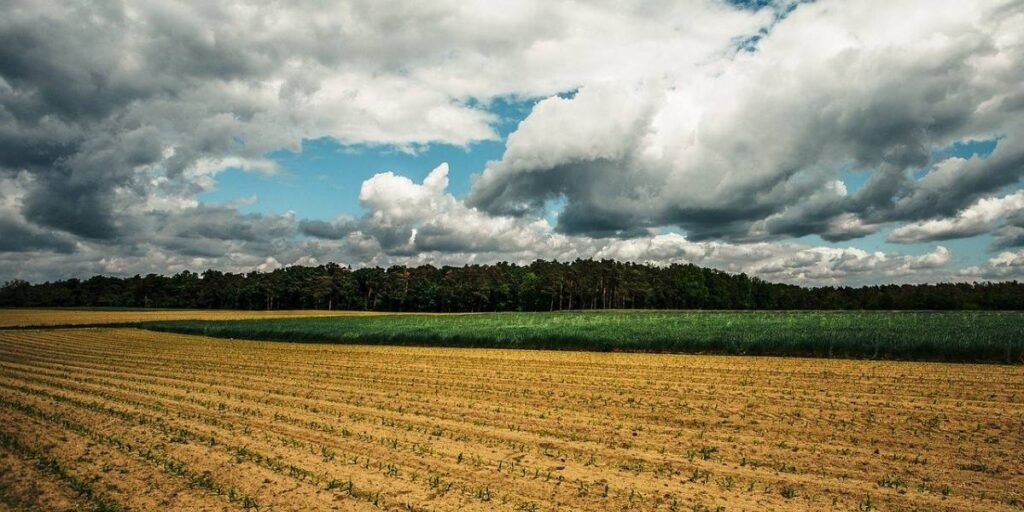
Weather conditions play a crucial role in determining crop yields, influencing agricultural productivity and food security worldwide. Variations in temperature, precipitation, and the occurrence of extreme weather events can significantly affect plant growth and development. Understanding these impacts is essential for farmers, policymakers, and researchers to develop strategies that mitigate adverse effects and enhance resilience in agricultural systems. This article examines how different weather conditions influence crop yields, highlighting recent research findings and their implications for agriculture.
Effects of Weather Conditions on Crop Yields
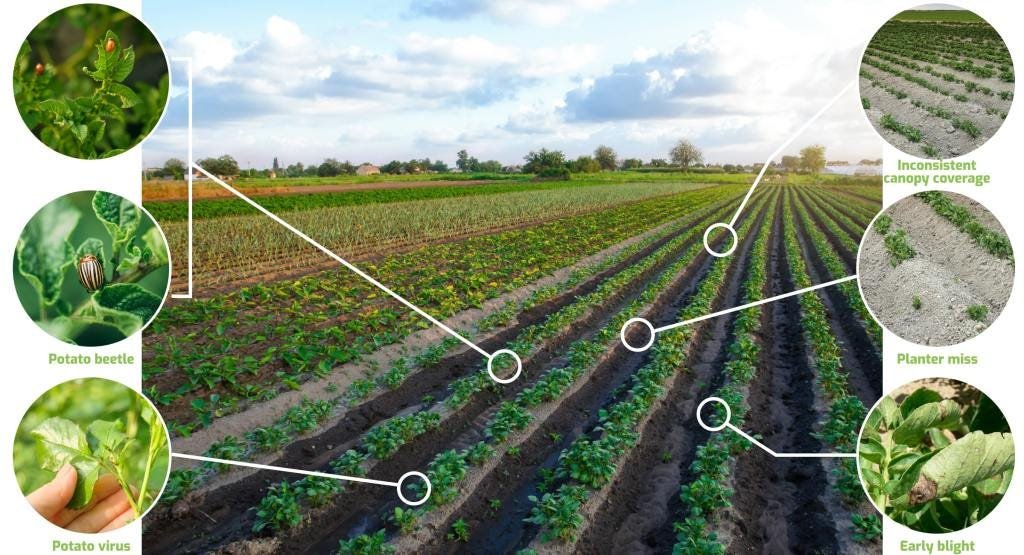
1. Temperature Fluctuations
Temperature is a critical factor affecting crop growth and yields.
- Optimal Temperature Ranges: Each crop has an optimal temperature range for growth. Deviations from this range can lead to reduced growth rates and smaller grain sizes. For instance, exposure to temperatures above 30°C can decrease maize and soybean yields by up to 6% per day under rainfed conditions 2.
- Heat Stress: Increased frequency of extreme heat events has been shown to have globally consistent negative effects on the yields of major crops such as maize, rice, soybean, and wheat. A study indicated that co-occurring hot and dry conditions could lead to substantial yield reductions across these crops 1.
2. Precipitation Patterns
Rainfall is another critical weather condition that influences crop yields.
- Drought Conditions: Insufficient rainfall can lead to drought stress, which significantly reduces crop yields. Research has shown that drought can reduce yields by up to 24% compared to average conditions 6. Drought not only affects water availability but also impacts nutrient uptake by plants.
- Excessive Rainfall: Conversely, excessive rainfall can cause waterlogging, leading to root damage and reduced oxygen availability in the soil. This condition can also result in yield declines similar to those caused by drought 5.
3. Extreme Weather Events
The occurrence of extreme weather events poses significant risks to agricultural production.
- Combined Effects: The simultaneous occurrence of extreme hot and dry weather events has been found to have particularly detrimental effects on crop yields. For example, the probability of such co-occurring events has increased over recent decades, raising concerns about their impact on global food production 1.
- Regional Variability: The effects of extreme weather can vary by region; for instance, wheat yields in cooler regions may be more adversely affected by heat and drought than those in warmer climates 1.
4. Climate Change Implications
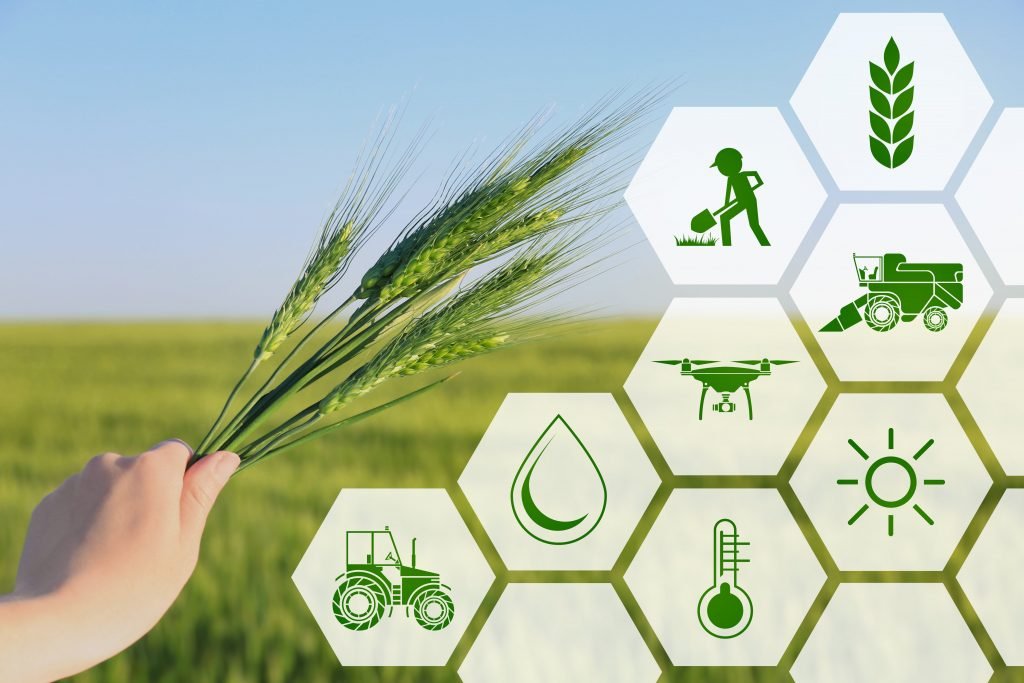
The ongoing changes in climate patterns are expected to exacerbate the impacts of weather conditions on agriculture.
- Increased Variability: Climate change is projected to increase the frequency and intensity of extreme weather events, leading to greater variability in crop yields. This variability poses challenges for farmers who rely on consistent weather patterns for successful harvests 4.
- Adaptation Strategies: Developing resilient agricultural practices is essential for mitigating the impacts of climate change on crop yields. This includes breeding heat- and drought-tolerant crop varieties, improving soil management practices, and adopting integrated water management strategies.
Conclusion
Weather conditions significantly influence crop yields through their effects on temperature, precipitation patterns, and the occurrence of extreme weather events. While favorable weather can enhance agricultural productivity, adverse conditions such as droughts and excessive rainfall can lead to substantial yield reductions. As climate change continues to alter weather patterns globally, understanding these impacts is vital for developing effective adaptation strategies that ensure food security and sustainable agricultural practices. Call to Action: Engage with local agricultural organizations—advocate for research and policies that support resilient farming practices in the face of changing weather conditions!
Q&A Section
Q: How do temperature fluctuations affect crop yields?
A: Temperature fluctuations can lead to reduced growth rates and smaller grain sizes when crops are exposed to temperatures outside their optimal range; excessive heat can significantly decrease yields.
Q: What impact does insufficient rainfall have on crops?
A: Insufficient rainfall leads to drought stress, which can severely reduce crop yields due to limited water availability for plants.
Q: How does climate change affect weather patterns related to agriculture?
A: Climate change is expected to increase the frequency and intensity of extreme weather events, leading to greater variability in crop yields and posing challenges for farmers.
Resources
- Increased Probability of Hot and Dry Weather Extremes – Nature
- Data Science for Weather Impacts on Crop Yield – Frontiers
- Crop Yields and Climate Impact – Our World in Data
- How Climate Change Will Affect Crop Yields – Our World in Data
- The Impact of Weather Patterns on Crop Yield Variability – ScienceDirect
- Two Dutch Studies Reveal the Impact of Weather on Crop Yields – Resoil Foundation
Read More


